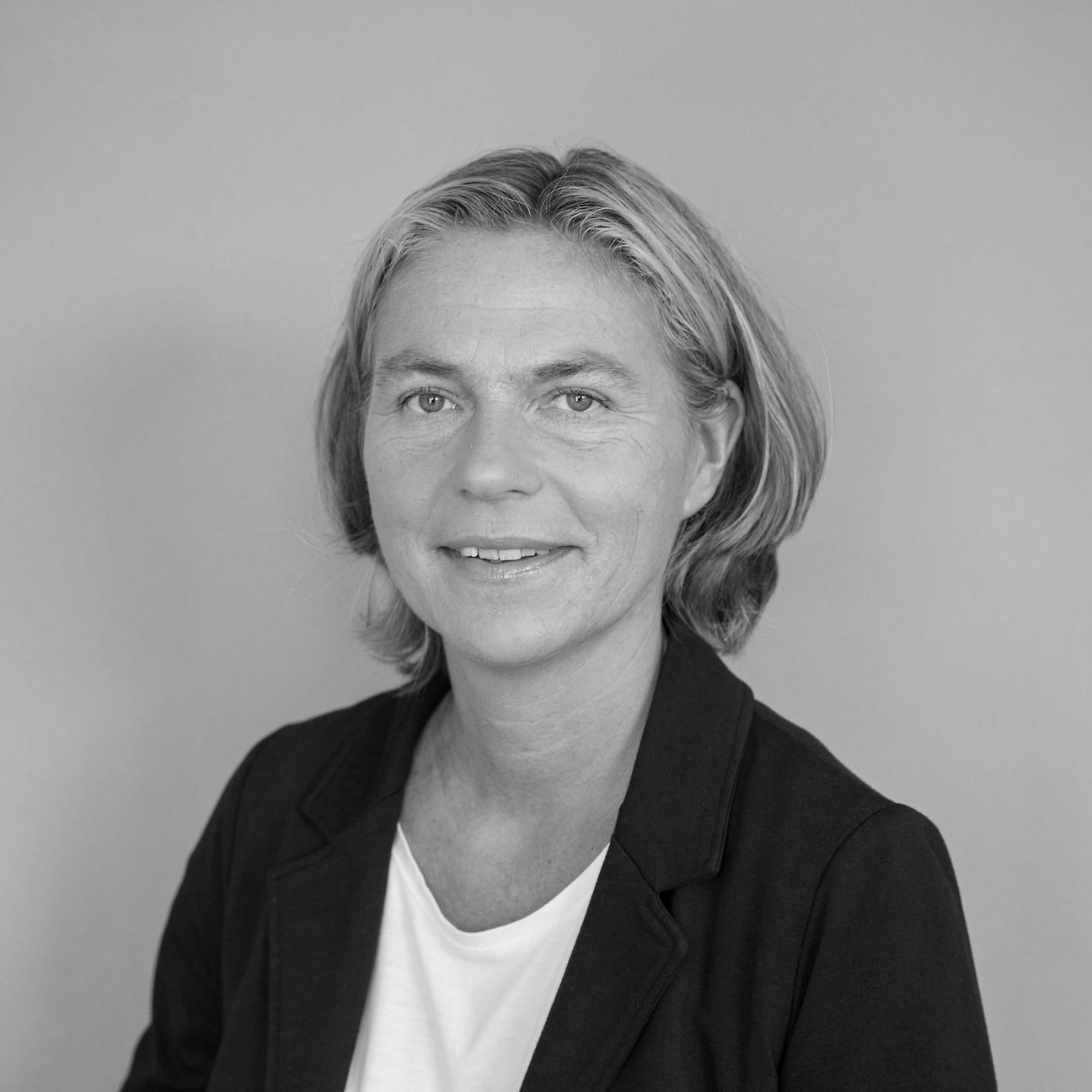

5G test field in Darmstadt
- A new 5G test field is now operating in Darmstadt
- Close cooperation between Ericsson and Darmstadt, the DigitalCity
- 15 hubraum start-ups are now developing 5G applications
Darmstadt has joined the ranks of Deutsche Telekom's 5G cities. A first group of 5G antennas is now in operation in that city. The new systems follow 5G-antenna test fields in Berlin and the Port of Hamburg. The aims in connection with the Darmstadt 5G test field include gathering experience with installation and operation of systems for the new technology. In addition, a range of 5G applications and devices will be tested. For the project, Deutsche Telekom is cooperating closely with the City of Darmstadt and with Ericsson, its technology partner.
"Our test fields are enabling us now, prior to the market launch of 5G, to gain important experience with 5G," explained Walter Goldenits, Chief Technology Officer at Telekom Deutschland. "We are happy to see that Darmstadt, the Digital City, has joined Berlin and Hamburg in pioneering this new communications standard. We plan to carry out additional tests this year. After all, there will be no avoiding 5G in 2019."
Jochen Partsch, Lord Mayor of the Science City Darmstadt: "As a digital city Darmstadt we want to become a national and international pioneer in the testing of Smart City technologies. We are proud that, in addition to the German cities of Berlin and Hamburg, another test field is being built in Darmstadt. The future 5G standard is an important further development of the mobile communications network which, thanks to ultra-fast and reliable information transmission in real time, will enable us, for example, to implement networked driving and autonomous local public transport."
The test field systems
Plans call for Darmstadts's 5G test network to comprise a total of 18 antennas, at a total of six different sites, and to be fully in place this spring. The first antennas for the test field are now in operation at a site along the city's Mina-Rees-Straße (Mina-Rees Road). The test field array will conform to the 5G New Radio (5G NR) standard, the radio air interface standard for the future 5G mobile communications component. The antennas will operate on the basis of a test license for field tests in the 3.7-GHz spectrum. Commercial systems provided by Ericsson will be used.
"Over the past few months, our experts have upgraded numerous Deutsche Telekom mobile base stations with our Single RAN solution, and now we're delighted to be able to implement this 5G use case in cooperation with our partners," stated Stefan Koetz, CEO of Ericsson GmbH. "The Ericsson Radio System portfolio not only supports single RAN technology, but is also designed for 5G applications.”
The test field antennas employ the state-of-the-art antenna technology that is central to 5G NR: Massive MIMO (Multiple Input, Multiple Output), a technology that greatly increases the number of transmitting and receiving antennas in place. With its large number of elements per 5G antenna – up to 64 – Massive MIMO enables high data-rate, highly reliable links, and thus greatly improves performance for individual users. In addition, Massive MIMO networks use beamforming technology, which greatly enhances the efficiency with which the available spectrum is used, thereby making performance much more consistent throughout the network.
hubraum start-ups in Berlin already developing 5G applications
To help accelerate the development of new 5G applications, Deutsche Telekom, working in cooperation with hubraum, its Berlin-based start-up incubator, has launched a 5G prototyping program. The start-ups at hubraum are now using Deutsche Telekom's 5G test field in Berlin to develop 5G applications under live conditions. The 5G cluster in Berlin, which has been in operation since May 2018, now comprises more than 50 antennas.
Since the end of January, hubraum's Prototyping 5G program has been filled to capacity, with a total of 15 participating start-ups, including participants from Germany, Denmark, France, Poland, the Netherlands, England, Israel and Finland. The focuses for the new applications under development include the areas of virtual reality / augmented reality, virtual gaming, entertainment, robotics and future mobility. All of the new concepts involved require high bandwidth and extremely low latencies – and thus cannot be implemented without 5G. The start-ups in hubraum's 5G program have the unique opportunity to use Deutsche Telekom's 5G network in the heart of Berlin, on a pioneering basis, to see whether their ideas can work in a live environment.
And with MobiledgeX edge software, available within Telekom Deutschland's cloud infrastructure since November 2018, the start-ups also have the opportunity to test their 5G concepts and prototypes in an edge computing environment.
About Deutsche Telekom: Deutsche Telekom at a glance


